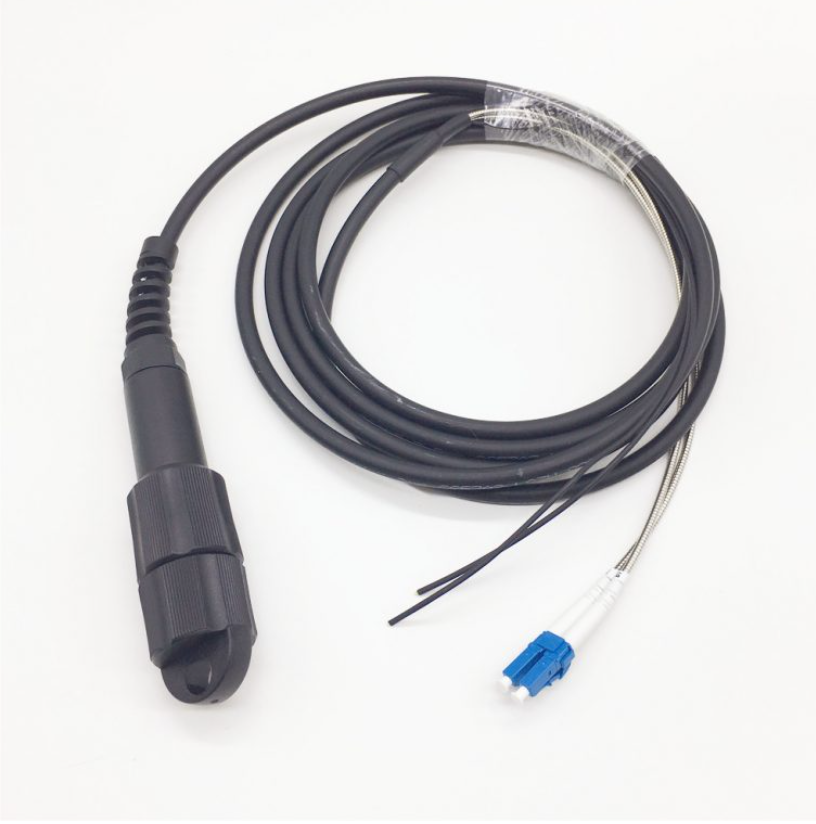Enhancing Radio Communication with CPRI: Benefits and Challenges

Enhancing Radio Communication with CPRI
The role of CPRI (Common Public Radio Interface) in revolutionizing radio communication cannot be overstated. CPRI serves as a crucial link between radio networks and enables efficient transmission of data, enhancing the overall performance of radio communication systems. By utilizing CPRI, radio networks can experience significant benefits such as improved network capacity, scalability, and reduced latency. This technology plays a vital role in ensuring seamless wireless communication and is widely adopted in the telecommunications industry. With its ability to optimize signal quality and compatibility with various radio access technologies, CPRI paves the way for enhanced radio networks and future advancements in wireless communication.
Understanding CPRI: A Common Public Radio Interface
What is CPRI?
CPRI, which stands for Common Public Radio Interface, is a standardized protocol that facilitates the efficient transmission of data in radio networks. It serves as a bridge between the radio equipment and the baseband processing unit, enabling seamless communication between them. The primary purpose of CPRI is to optimize the performance and functionality of radio networks by providing a common interface for different vendors' equipment.
CPRI enables efficient transmission by converting analog signals into digital data, which can be easily processed and transmitted over fiber optic cables. This digitalization process ensures minimal signal degradation and allows for long-distance transmission without significant loss in quality. By utilizing CPRI, radio networks can achieve higher data rates, improved spectral efficiency, and enhanced overall network capacity.
Importance of CPRI in Radio Communication
CPRI plays a crucial role in enhancing radio communication systems. One of its key benefits is the ability to enhance network capacity and scalability. With CPRI, radio networks can support more users simultaneously while maintaining high-quality connections. This scalability is essential in meeting the increasing demand for wireless communication services.
Another significant advantage of CPRI is its ability to reduce latency and improve signal quality. By transmitting data digitally over fiber optic cables, CPRI minimizes delays in signal transmission, resulting in faster response times and improved user experience. Additionally, CPRI ensures better signal integrity by minimizing interference and noise during transmission.
Furthermore, CPRI offers compatibility with different radio access technologies such as 4G LTE and 5G. This compatibility enables seamless integration of various technologies within a single network infrastructure, allowing operators to leverage existing investments while adopting new technologies.
Unlocking the Benefits: CPRI in Radio Networks
Improved Network Capacity
CPRI plays a significant role in enhancing network capacity in radio networks. By utilizing CPRI, radio operators can increase the number of users and devices that can be supported simultaneously. This improvement in network capacity is achieved through efficient data transmission and optimized utilization of available resources.
One way CPRI enhances network capacity is by enabling network scalability. With CPRI, radio networks can easily expand their infrastructure to accommodate growing demands without compromising performance. This scalability ensures that the network can handle increased traffic and maintain high-quality connections for all users.
Additionally, CPRI provides flexibility in radio networks by allowing for the integration of different technologies and equipment from various vendors. This interoperability enables operators to leverage existing infrastructure while incorporating new technologies, further enhancing network capacity.
Reduced Latency and Enhanced Signal Quality
CPRI also addresses two critical aspects of radio communication: latency and signal quality. By transmitting data digitally over fiber optic cables, CPRI significantly reduces latency compared to traditional analog transmission methods. The reduction in delay improves response times, making real-time applications such as voice calls and video streaming more seamless.
Furthermore, CPRI contributes to enhanced signal quality by minimizing interference and noise during data transmission. The digitalization process ensures that the signal remains intact throughout its journey from the radio equipment to the baseband processing unit. This improved signal quality translates into better communication experiences for end-users with clearer voice calls, faster internet speeds, and reliable connectivity.
In summary, CPRI unlocks several benefits for radio networks, including improved network capacity through scalability and flexibility. It also reduces latency and enhances signal quality, leading to better communication experiences for users.

Navigating Challenges: Implementing CPRI
Integration with Existing Infrastructure
Implementing CPRI in existing radio networks can present several challenges and considerations. One of the primary challenges is ensuring compatibility between CPRI and the existing infrastructure. Radio networks may have different equipment from various vendors, each with its own specifications and protocols. Integrating CPRI seamlessly requires careful planning, testing, and coordination to ensure that all components work together effectively.
Another consideration is the smooth transition from the current system to CPRI. This process involves migrating data, configuring settings, and training personnel on the new technology. It is crucial to minimize disruptions during this transition period to maintain uninterrupted communication services.
Cost and Complexity
The implementation of CPRI also comes with financial implications due to factors such as equipment upgrades, installation costs, and training expenses. The cost of implementing CPRI can vary depending on the size of the network and the extent of changes required. Balancing these costs with the anticipated benefits is essential for decision-makers.
Moreover, the complexity of implementing CPRI should not be underestimated. Technical challenges may arise during installation, configuration, or troubleshooting processes. It requires skilled professionals who are knowledgeable about both radio networks and CPRI technology to navigate these complexities successfully.
Despite these challenges, it is important to recognize that the benefits of implementing CPRI often outweigh the associated difficulties. By carefully addressing integration issues and considering cost-effectiveness, organizations can leverage CPRI's capabilities while minimizing disruption to their operations.
Advancements in CPRI: Shaping the Future of Radio Communication
CPRI in the Context of 5G
CPRI plays a crucial role in the development and implementation of 5G networks. As the fifth generation of wireless communication, 5G brings forth unprecedented speed, capacity, and connectivity. CPRI enables seamless integration of 5G technology into existing radio networks by providing a standardized interface for efficient data transmission.
The evolution of CPRI is closely intertwined with the evolution of 5G. CPRI facilitates the high-speed data transfer required for advanced applications such as autonomous vehicles, smart cities, and Internet of Things (IoT) devices. By leveraging CPRI's capabilities, 5G networks can deliver ultra-low latency, massive connectivity, and enhanced user experiences.
Future Prospects and Advancements
Looking ahead, there are several emerging trends and advancements in CPRI technology that hold promise for the future of radio communication. One area of focus is improving the efficiency and flexibility of CPRI interfaces to support higher data rates and accommodate evolving network requirements.
Another area of advancement is reducing power consumption and physical footprint. As technology continues to advance, efforts are being made to develop more compact and energy-efficient CPRI solutions that can be seamlessly integrated into various network architectures.
Furthermore, ongoing research aims to enhance CPRI's compatibility with different radio access technologies beyond 5G. This includes exploring ways to optimize CPRI for future generations like 6G or other wireless communication standards that may emerge.
Overall, these future prospects and advancements in CPRI technology are poised to shape the future of radio communication by enabling faster speeds, greater capacity, improved reliability, and enhanced user experiences.

CPRI: Revolutionizing Radio Communication
CPRI, or Common Public Radio Interface, has revolutionized radio communication by offering significant benefits to radio networks. It enables enhanced network capacity, reduced latency, and improved signal quality, leading to more efficient and reliable wireless communication. However, it is important to consider the challenges and limitations associated with implementing CPRI in existing infrastructure. Despite these challenges, advancements in CPRI technology hold promise for the future of radio networks. As the telecommunications industry continues to evolve, CPRI will play a crucial role in shaping the future of radio communication and enabling seamless connectivity in an increasingly connected world.
See Also
Harnessing the Potential of FastConnect: Features and Advantages
Maximizing the Benefits of OptiTap in Flat Cable: Installation Guide
Advantages of Waterproof Fiber Optic Cables: OptiTap MPO Multimode OM3 IP68-rated
Unveiling the Future of FTTx: Discovering the Advantages of Pre-Connectorized Fiber Nap Boxes
Fiber Optic Attenuators: Application in Communication Networks and Measurements


